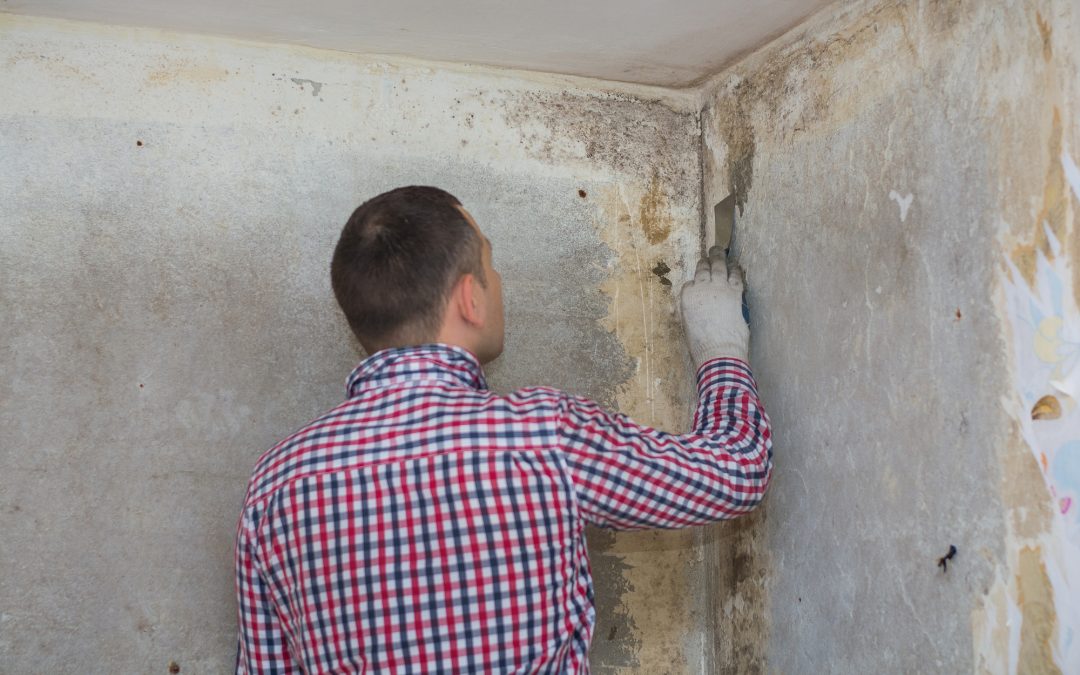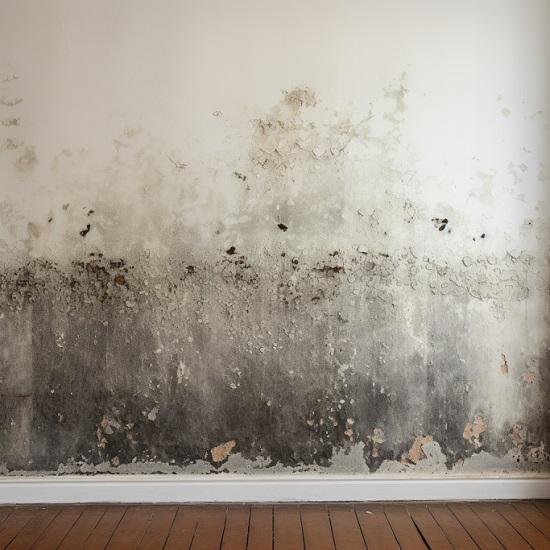Your Ultimate Guide to Post Mold Remediation Strategies
Browsing the world of post-mold removal techniques is a careful process that demands focus to detail and a comprehensive understanding of the complexities entailed. In the consequences of mold infestation, knowing just how to properly eradicate the mold and stop its reoccurrence is paramount for preserving a healthy interior setting. From picking the appropriate cleaning and disinfecting methods to carrying out strategies for long-lasting mold prevention, each action in the removal journey plays an important function in ensuring an effective outcome. As we start this expedition of post-mold removal techniques, we will reveal the key strategies and best practices that can assist you recover your area to its pre-mold problem and protect it versus future mold and mildew risks.
Recognizing Post-Mold Remediation Process
After finishing the mold removal process, it is important to understand the post-mold removal methods that are required to guarantee a reliable and comprehensive cleanup. As soon as the mold and mildew has been eliminated, the following action entails cleaning and sanitizing the impacted areas to avoid any kind of regrowth of mold and mildew. This includes utilizing specialized cleaning agents to wipe down surface areas and eliminate any kind of remaining mold and mildew spores. It is important to dry the location completely to discourage the development of mold and mildew in the future (what to do after mold remediation). Proper ventilation and dehumidification can help in this process.
In addition, conducting a last examination post-remediation is essential to make certain that all mold has actually been effectively removed. If the assessment reveals any lingering mold and mildew, added removal might be needed.
Efficient Cleaning and Decontaminating Approaches

Stopping Future Mold Development

Value of Proper Air Flow
Appropriate ventilation plays a critical duty in avoiding dampness accumulation, a crucial element in mold and mildew growth within interior environments. Effective ventilation systems assist remove excess humidity from the air, minimizing the chances of mold and mildew spores finding the wetness they require to spread out and germinate. Without ample ventilation, interior areas can end up being a reproduction ground for mold and mildew, causing possible wellness threats and architectural damage.
By making certain correct air circulation, ventilation systems can also assist in drying wet locations faster after water damages or flooding occurrences, even more deterring mold development. linked here After mold remediation. In areas like washrooms, attics, cellars, and kitchen areas where moisture levels tend to be higher, setting up and preserving reliable air flow systems is crucial in avoiding mold infestations

Monitoring and Upkeep Tips
Offered the essential role that proper ventilation plays in avoiding mold growth, it is imperative to establish effective monitoring and upkeep pointers to make sure the ongoing capability of air flow systems. Tracking humidity levels within the building is also vital, as high humidity can contribute to mold and mildew development. By remaining alert and positive to the problem of air flow systems, building proprietors can successfully reduce the risk of mold regrowth and keep a healthy and balanced indoor environment.
Verdict
To conclude, post-mold removal methods are important for guaranteeing a tidy and risk-free environment. Recognizing the process, implementing reliable cleansing and sanitizing methods, protecting against future mold growth, keeping correct ventilation, and regular tracking are all important action in the removal procedure. By following these standards, you can successfully get rid of mold and avoid its return, promoting a healthy and balanced living or working room for all passengers.
In the consequences of mold and mildew infestation, understanding how to successfully eliminate the mold and mildew and prevent its reoccurrence is vital for maintaining a healthy interior atmosphere. When the mold and mildew has been removed, the following step includes cleansing and disinfecting the influenced areas to protect against any regrowth of mold - After mold remediation. After removing visible mold development, it is crucial to clean up all surfaces in the afflicted location to eliminate any type of continuing to be mold and mildew spores. To even more improve mold avoidance actions, it is important to attend to underlying concerns that originally led to mold development.Given the vital function that have a peek at this site appropriate ventilation plays in protecting against mold growth, it is necessary to develop efficient surveillance and upkeep pointers to make certain the ongoing capability of air flow systems